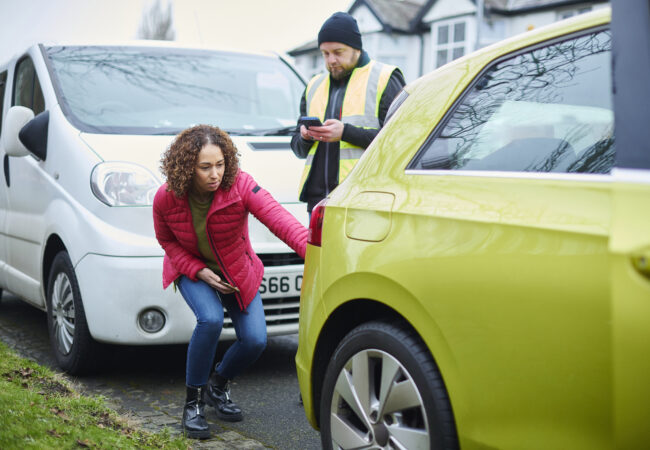
One of the UK’s most common accidents. Often caused by tailgating, distraction, or sudden braking. Usually, the driver behind is held at fault.
How to avoid:
Keep at least a two-second gap (double in wet weather).
Anticipate traffic flow and avoid distractions.
Brake early and smoothly so following drivers have time to react.
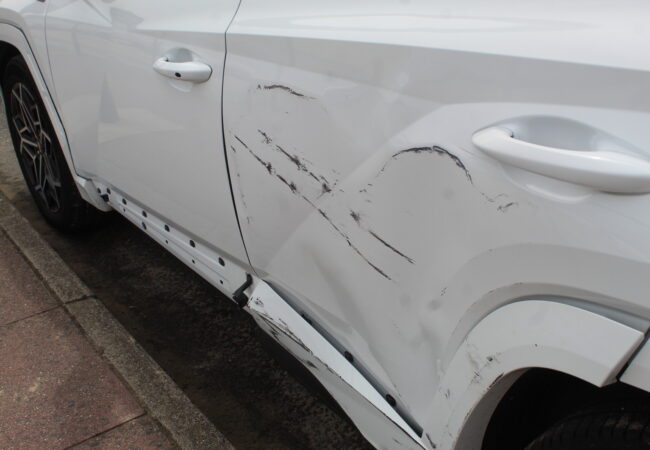
Also known as T-bone accidents, these occur when drivers misjudge another vehicle’s speed or ignore priority rules. Because the sides of vehicles offer less protection, these collisions can be very serious.
How to avoid:
Approach junctions slowly, check both ways, and don’t assume others will yield.
At roundabouts, make eye contact, signal clearly, and avoid rushing.
Drive defensively and anticipate mistakes from others.

High-risk areas include schools, crossings, and busy high streets. A pedestrian hit at 20mph is likely to survive; at 40mph, chances are almost zero.
How to avoid:
Slow down in pedestrian-heavy zones and prepare to stop suddenly.
Always give way at zebra crossings and junctions.
Be extra vigilant during school hours, at night, and in poor weather.
Use the OUTA method (Over, Under, Through, Around obstacles) to check for hidden pedestrians.
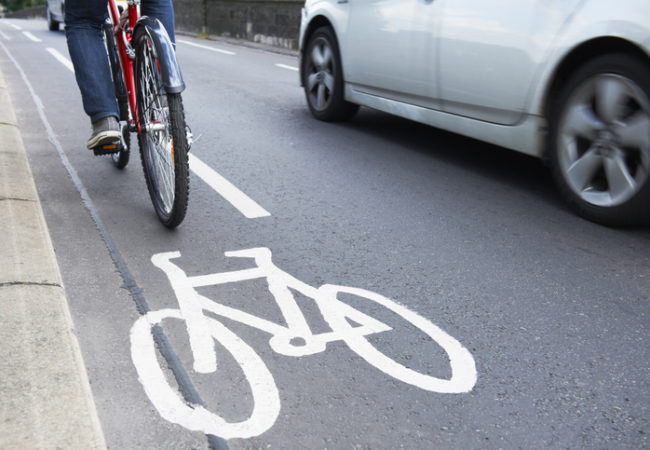
Two-wheeled road users are especially vulnerable, particularly in cities and at junctions.
How to avoid:
Always check mirrors and blind spots before turning or changing lanes.
Leave at least 1.5 metres when overtaking cyclists.
Be cautious around motorbikes — they can appear suddenly.
Patience and space save lives.
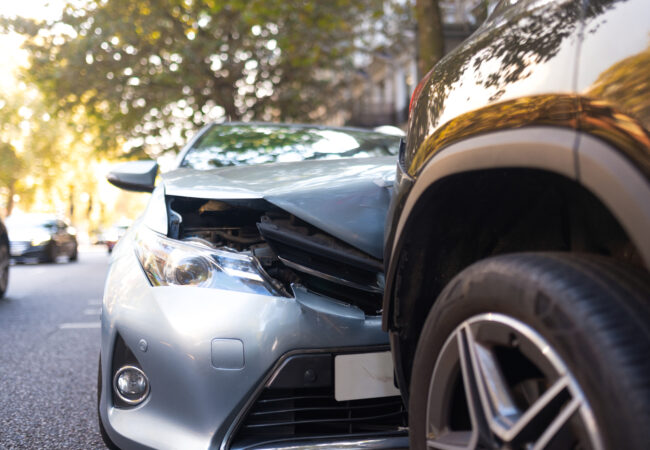
Often occur in car parks and while manoeuvring due to blind spots or rushing.
How to avoid:
Take your time and use mirrors/cameras.
If unsure, stop and check surroundings.
Allow extra room when opening doors.
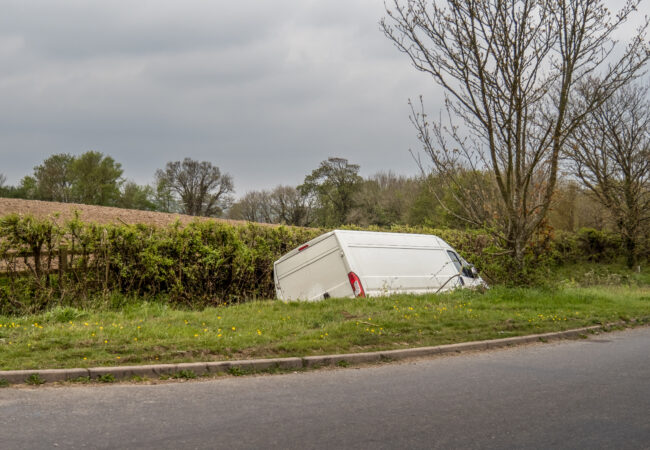
Hitting trees, barriers, or lamp posts often results from speeding, fatigue, or poor conditions.
How to avoid:
Match speed to road conditions, not just the limit.
On A and B roads, use Limit Point Analysis to judge safe cornering speed.
Don’t drive tired, and check brakes and tyres regularly.
For more in-depth tips and detailed recommendations, download the full PDF guide. Stay informed and drive safely!
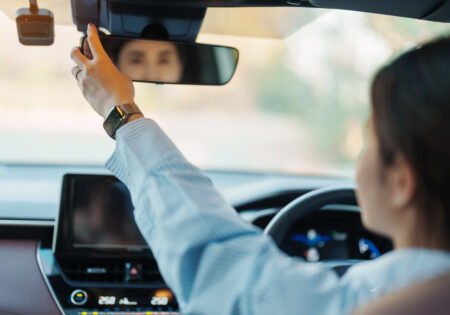
Our On Road Driver Assessment is a half-day course that focuses on assessing a driver’s expertise in managing the high-risk environment of urban driving and reducing the likelihood of being involved in a preventable driving incident.
Our RED E-Learner modules are an integral part of our blended training programmes, providing regular content and training reminders to drivers of their responsibilities.